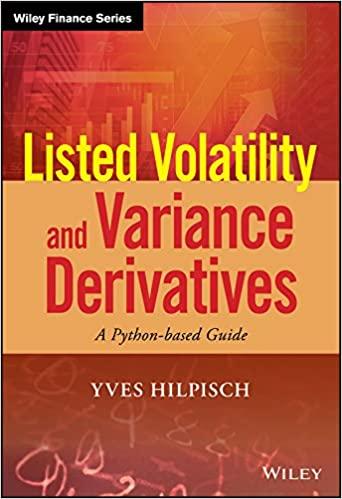Question
Please complete all parts of the question. The company being evaluated: SONY Sony Group Corp Now that you have collected multiple fiscal years of financial
Please complete all parts of the question. The company being evaluated: SONY Sony Group Corp
Now that you have collected multiple fiscal years of financial statements for your company, you are required to provide an evaluation according to the following methods:
Dividend-Discount Model
Discounted Free Cash Flow
Valuation by comparables
Taking the "Stock valuation" spreadsheet as a reference for your calculation, perform the following tasks.
1. Go to Morningstar and enter the symbol for your company. From the main page, record the current stock price (last trade) at the top of the page.
2. Next, click the Dividends tab above the quote. From the Dividends tab, record the current annual dividend per share amount.
3. Using all financial statements for all the available years, calculate the historical average for your company's Return on Equity (ROE = Net income / Total stockholders equity) and the dividend payout rate (Dividend paid / Net income).
3. To determine the 5-year dividend growth rate (g), use the formula: g = Average Dividend Payout Rate x Average ROE.
4. To determine the stock value based on the Dividend-Discount Model:
Create a timeline in Excel for six years.
Forecast the following five annual dividends based on the current dividend amount and the 5-year dividend growth rate (g).
Assume a constant long-term dividend growth rate of 3%.
Use the long-term growth rate to determine the stock price for year 5 using Eq. 9.13 (N = 5).
Determine the current stock price using Eq. 9.14.
Compare this to the current stock price. What long-term dividend growth rate would you need to assume to match the current stock price?
5. To determine the stock value based on the Discounted Free Cash Flow method:
Create a timeline for the next six years.
Forecast future sales based on the most recent years total revenue growing at the rate g (computed above) for the first five years. Use a long-run constant growth rate of 3% for year six onwards.
Forecast the free cash flows using the historical data from the financial statements to compute the five-year average of the following ratios:
EBIT/Sales
Net Property Plant and Equipment/Sales
Net Working Capital (excluding cash)/Sales
Compute the free cash flows for every year assuming that:
EBIT = Sales * EBIT/Sales ratio (compute EBIT/Sales from the most recent financial statement).
Net Investment = Change in Sales * Net PPE/Sales ratio (compute Net PPE/Sales ratio from most recent financial statement).
Increases in NWC = Change in Sales * NWC/Sales ratio (compute NWC/Sales ratio from the most recent financial statement).
Use the most recent "Reported Effective Tax Rate" available in the income statement as the tax rate.
Estimate the terminal enterprise value in year five using the free cash flow in year six and Eq. 9.24.
Determine the firm's enterprise value as the present value of the free cash flows, and then estimate the stock price using Eq. 9.22.
Compare your result to the actual stock price. What assumptions might you change to justify this price?
6. To determine the stock value based on a valuation by comparables:
a. Identify a potential competitor for your company. It can be another company in the same industry as yours, which has similar market capitalization, or a group of companies representative of the industry (in which case, you can look at average industry ratios).
b. Estimate the stock value of your company by using:
Forward P/E multiple. NOTE: if your company doesn't pay dividends, compute the Trailing P/E ratio from the most recent balance sheet available.
EV/EBITDA
c. Compare the two values you just estimated, and critically assess the difference/similarity between them.
7. What is your conclusion about the valuation of the firm? Among the methods you adopted, which one provides a more similar estimate to the current market value of your company? Provide compelling reasons to support your argument.
Step by Step Solution
There are 3 Steps involved in it
Step: 1

Get Instant Access to Expert-Tailored Solutions
See step-by-step solutions with expert insights and AI powered tools for academic success
Step: 2

Step: 3

Ace Your Homework with AI
Get the answers you need in no time with our AI-driven, step-by-step assistance
Get Started


